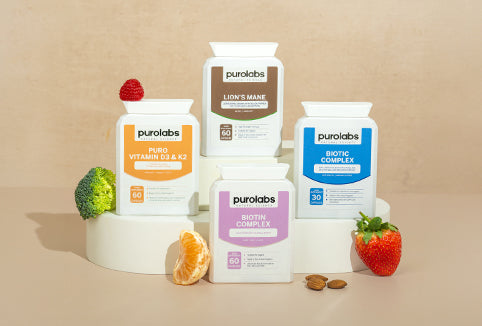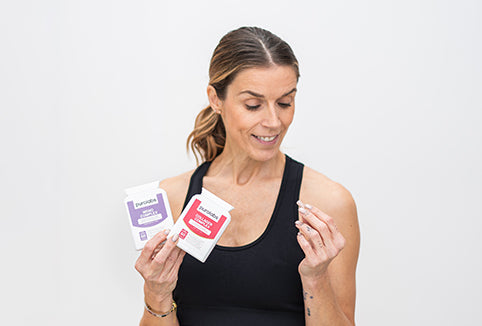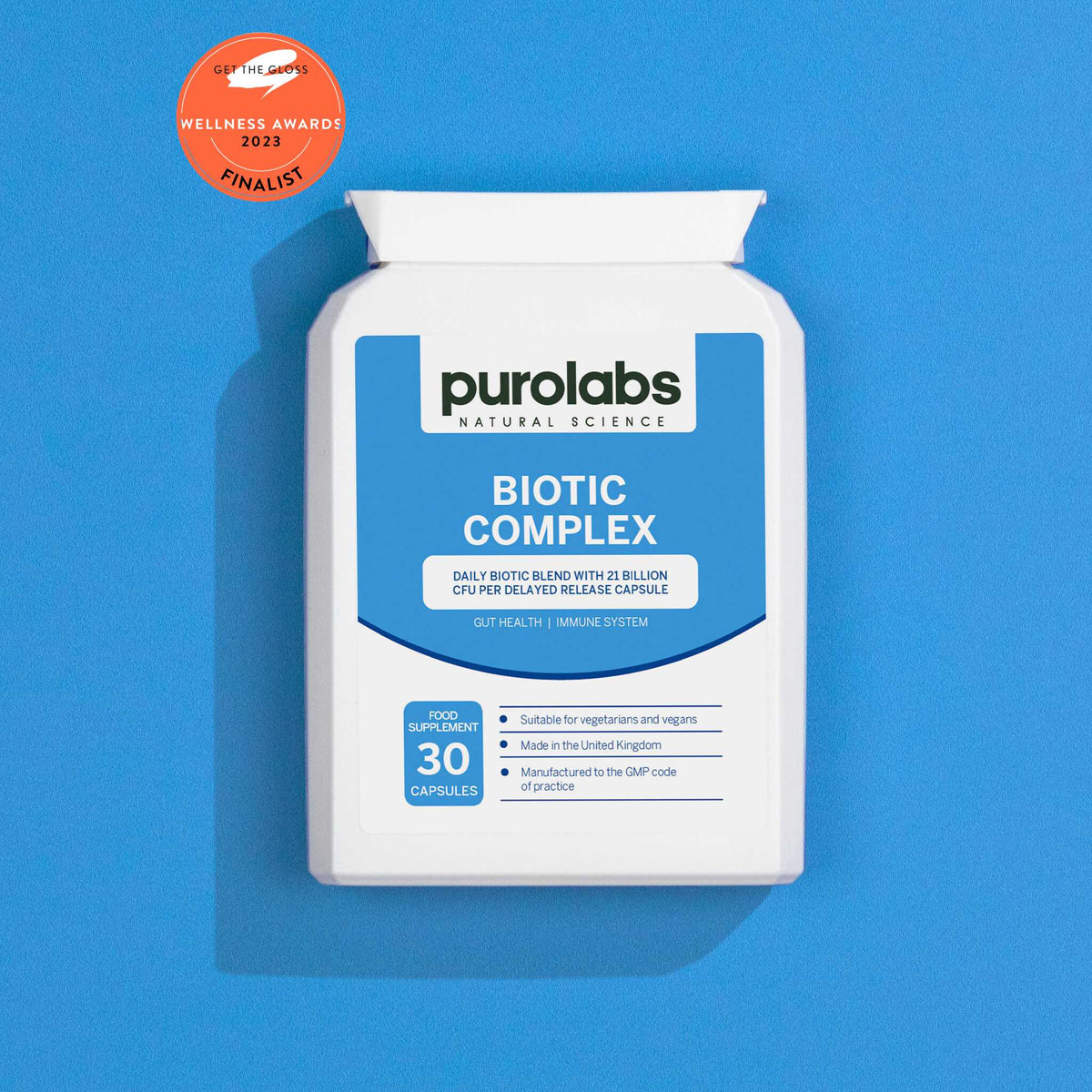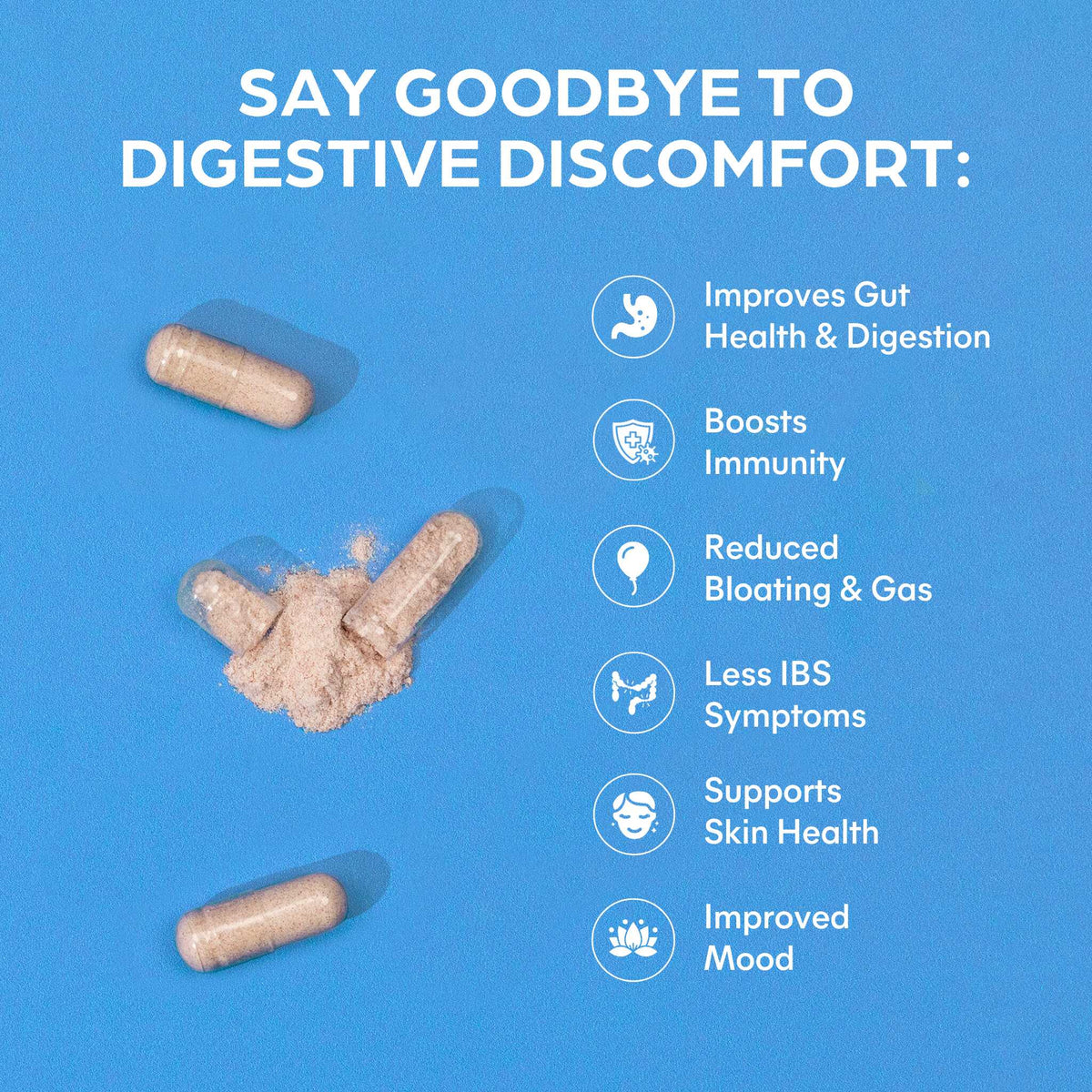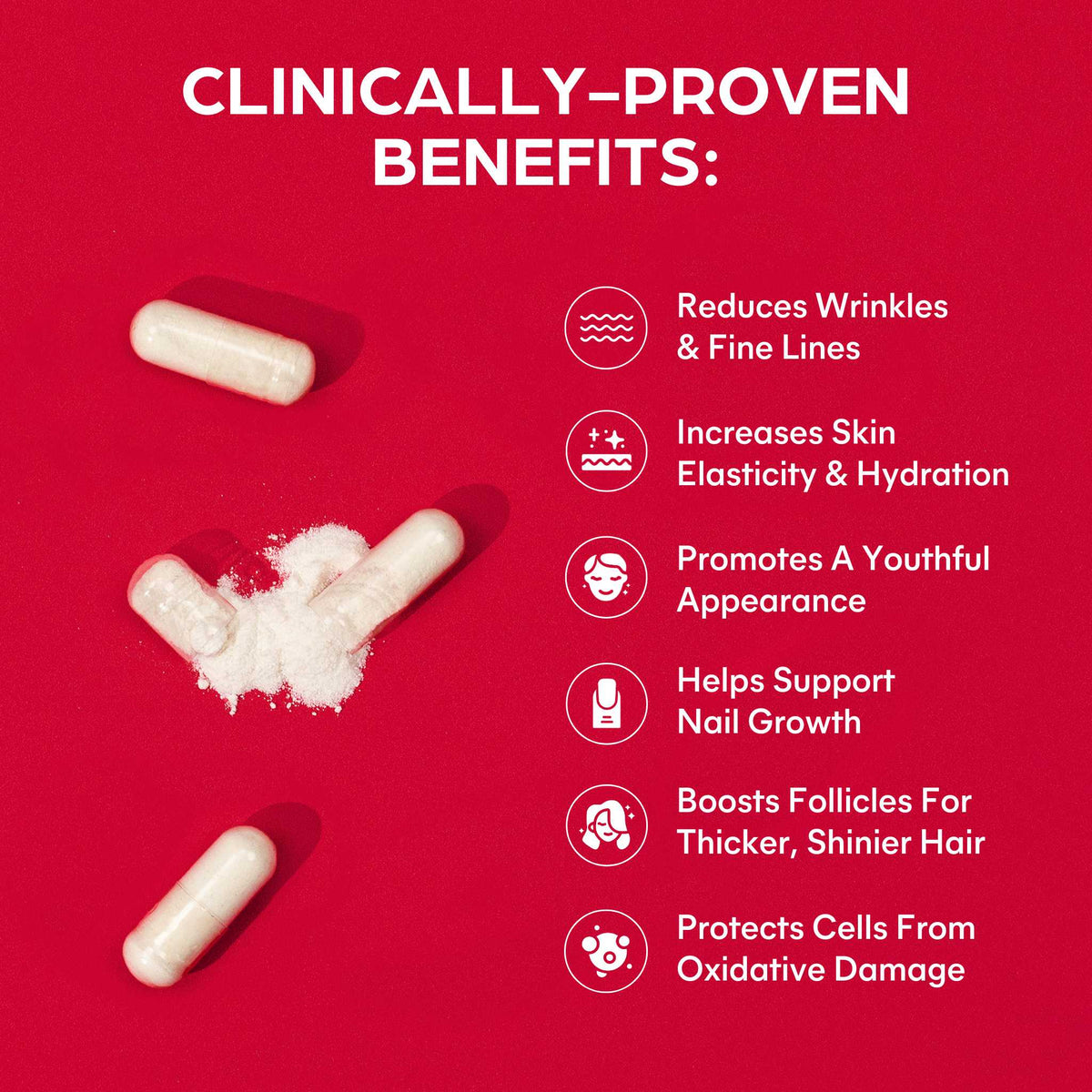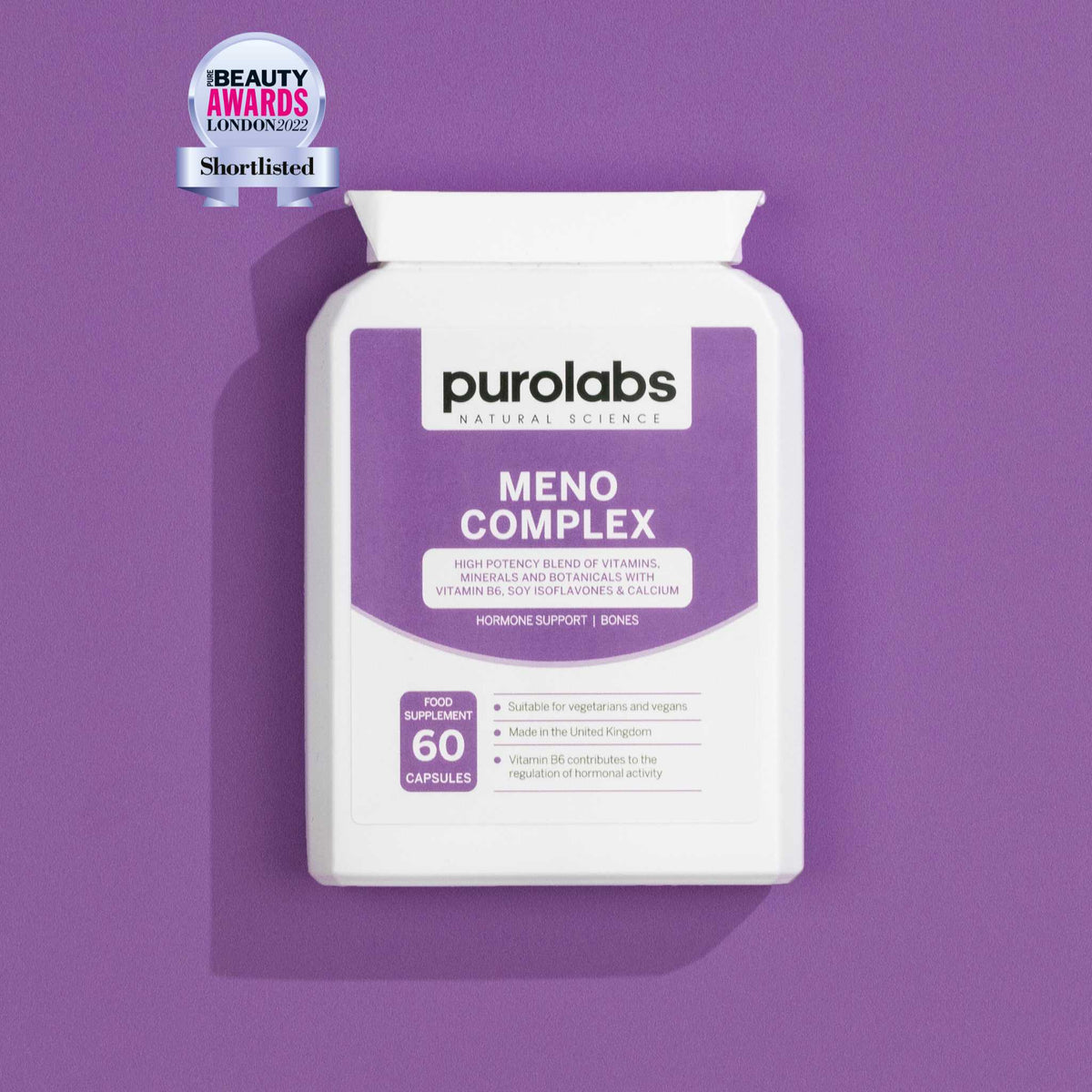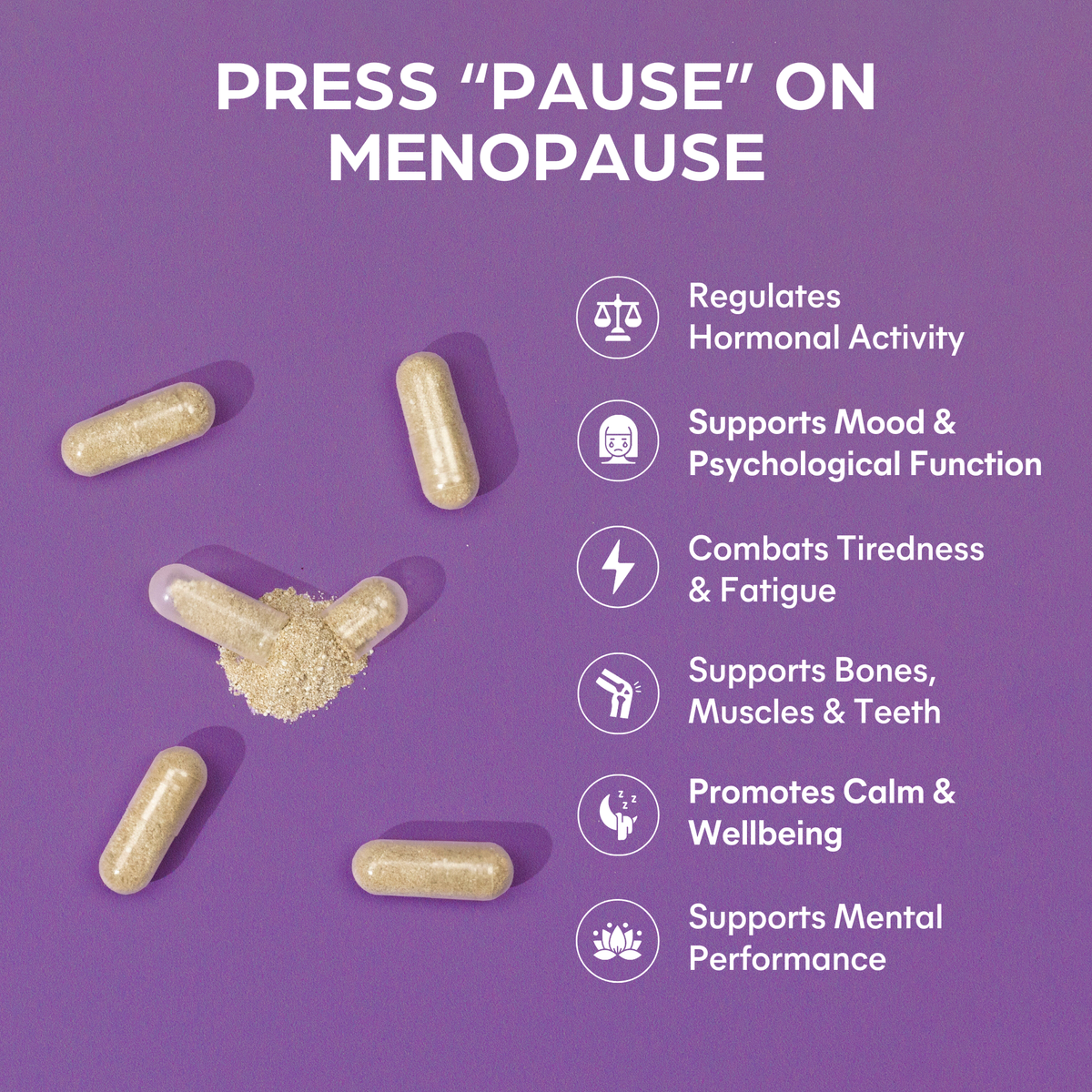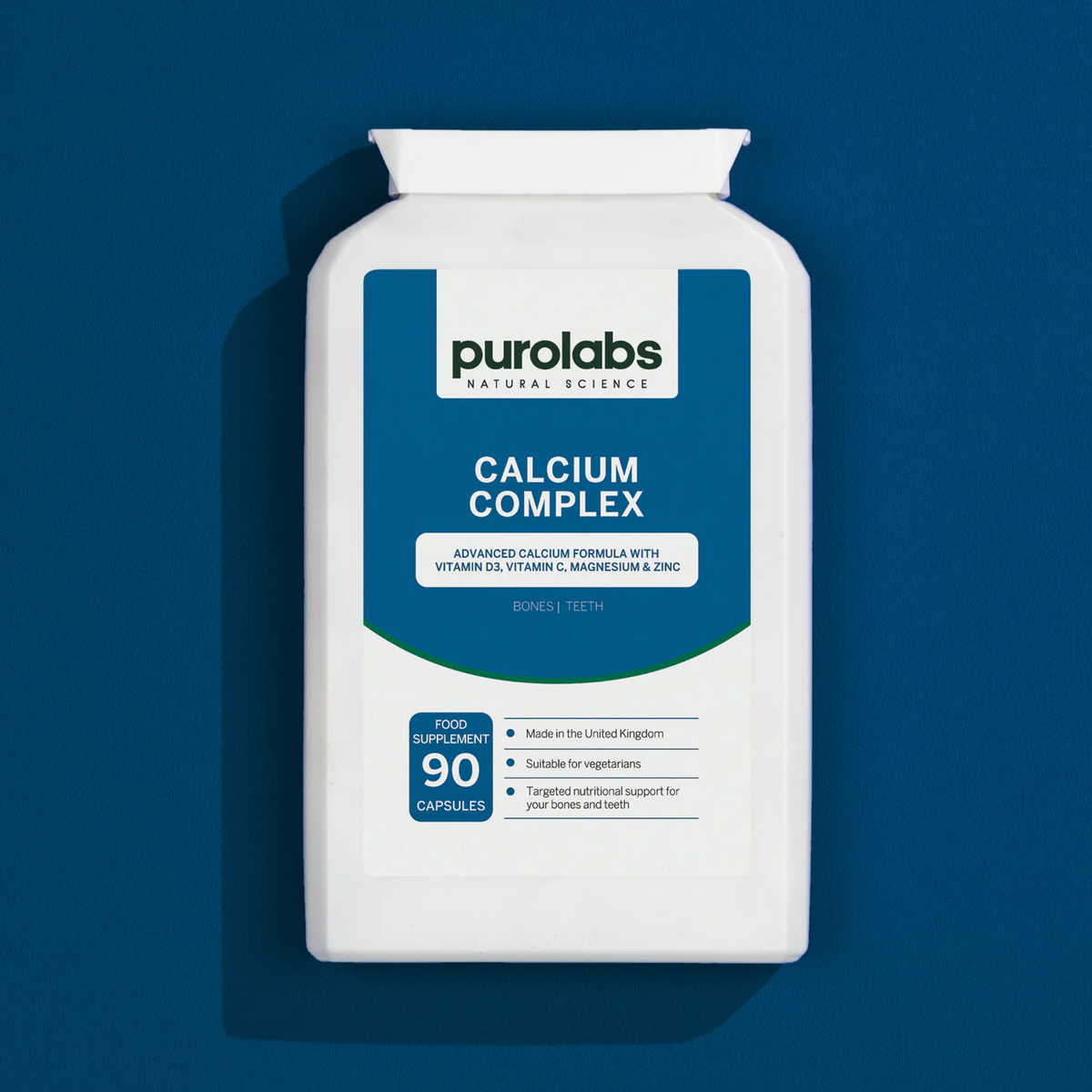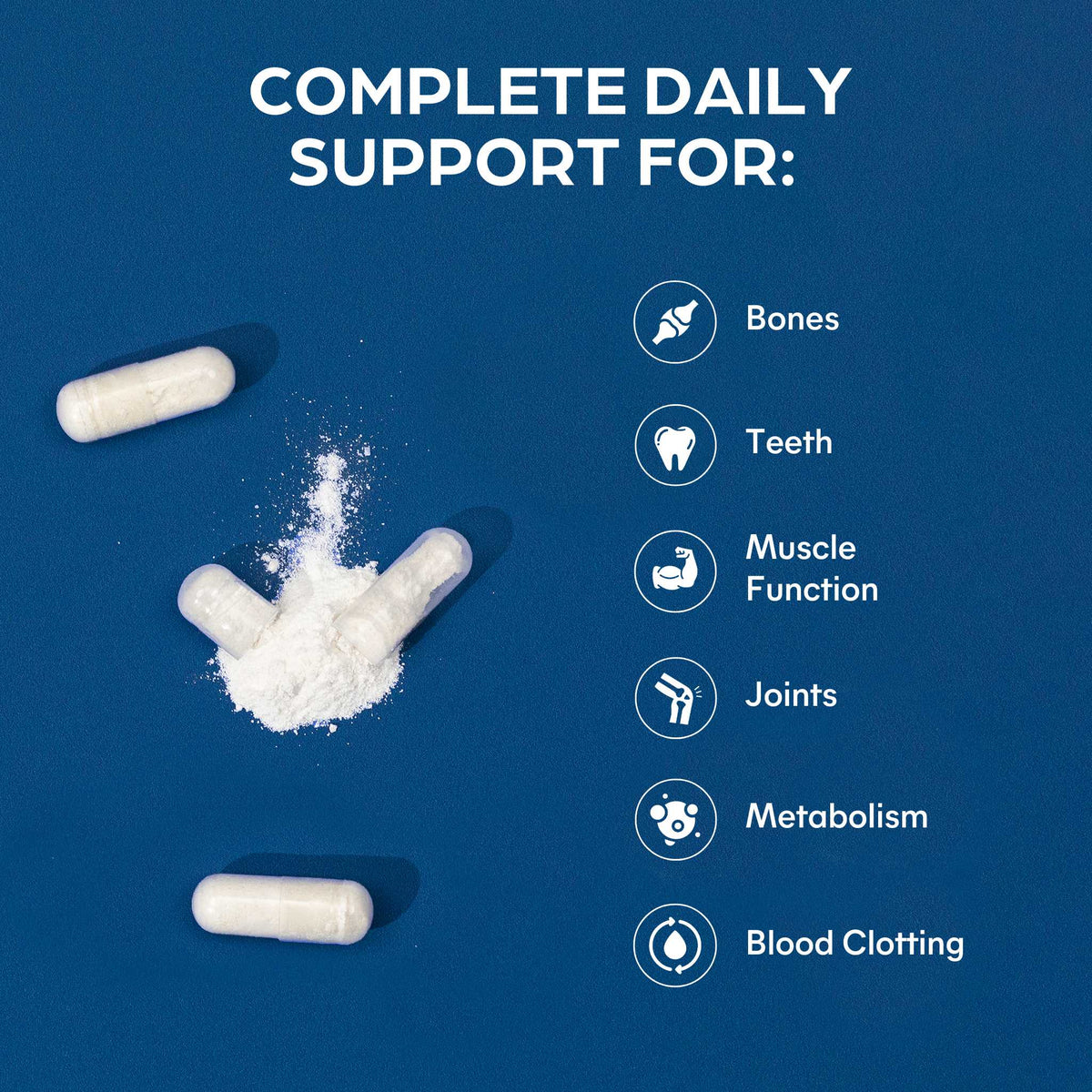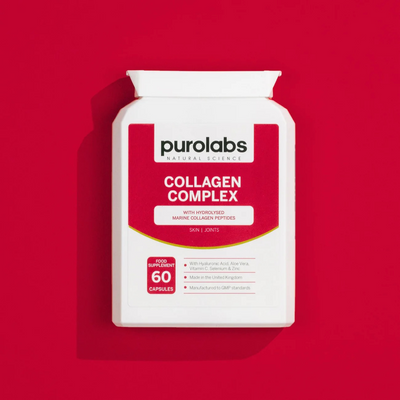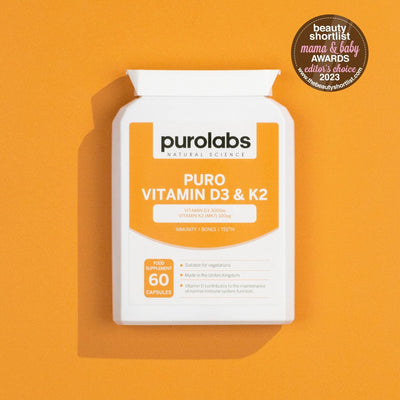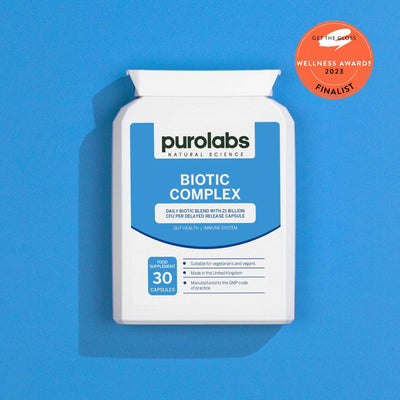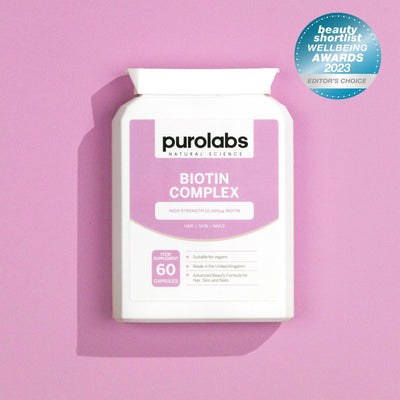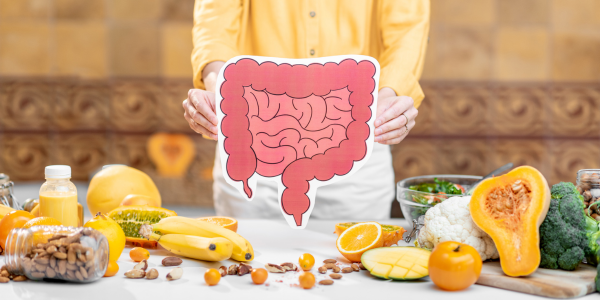The warmer months are finally here! Longer days, brighter skies and a renewed vigour to explore the great outdoors.
For many, warmer months, as wonderful as they are, bring with them a whole host of pesky health symptoms. Peak pollen season can lead to an increased risk of allergic rhinitis aka hay fever.
Common signs of hay fever include itchy, red or watery eyes, a blocked stuffy nose, headaches, fatigue and an itchy throat. These symptoms can range from mildly inconvenient to distressing, causing many to cancel plans, stay inside or think twice about attending outdoor events.
While symptoms can vary from person to person, there is usually a single culprit…histamine.
Histamine is a chemical messenger found in the body and in foods, which is released by the immune system to help send messages between different bodily cells. Histamine is best known for its role in allergic response; however, it has a number of functions within the human body including:
- Helping to stimulate stomach acid, supporting digestion
- Supports circadian rhythm through maintaining wakefulness and suppressing REM sleep1
- Plays a role in cognitive health including learning and memory
- Signals a pain response to inflammation2
- Can have neuroprotective effects3
So, whilst histamine per se isn’t a bad guy; if the immune system signals a large dose of histamine to be released into the body following a ‘threat’ i.e. pollen exposure, this is when we start to experience the uncomfortable symptoms of hay fever. 4
Over-the-counter antihistamines are commonly prescribed to help manage histamine levels5. However, in this article we are going to explore a few natural remedies to support the body’s ability to regulate its histamine response ahead of those beautiful sunny days…
Nutrients for Hay Fever
One of the most effective ways to regulate your body’s immune response to common allergies is to include immune system boosting nutrients into your daily intake. Let’s get specific about which nutrients have been clinically studied for their immune-supportive properties.
Quercetin is a plant flavonoid that gives many plants including flowers, vegetables and fruits their distinct colour. Quercetin has a powerful antihistamine effect by reducing the inflammatory response triggered by the immune system to increase histamine load within the body6.
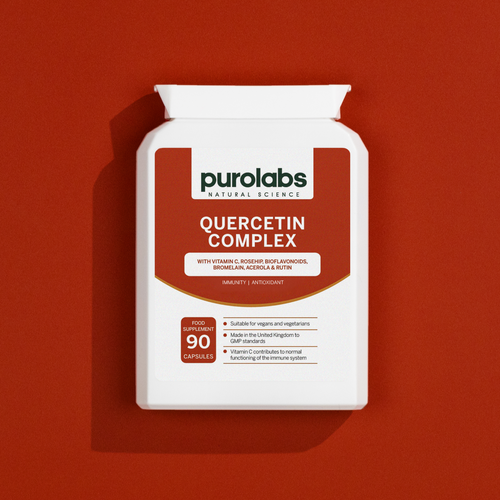
Quercetin Complex
One of the most popular nutrients for hayfever is vitamin C, acting as natures antihistamine. Vitamin C can help protect our cells from oxidative stress caused by inflammatory processes and improve histamine tolerance.
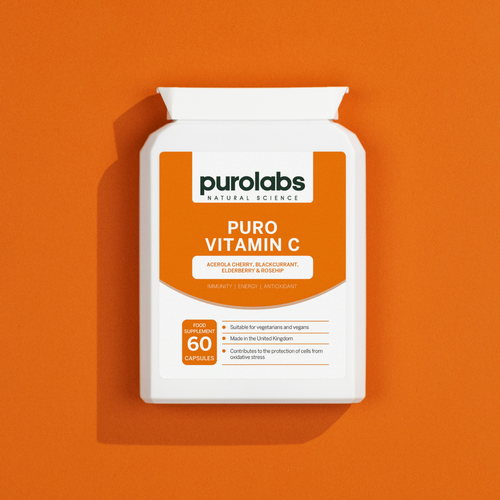
Vitamin C
Diamine Oxidase (DAO) is an enzyme located in the small intestine which helps breakdown histamine. Vitamin B6 is an important co-factor for DAO production. Ensuring that we intake B6 from our diet or supplementation is a key way to help support histamine breakdown and excretion.
Reduce Sugar
Studies have shown a critical link between blood sugar imbalance and histamine intolerance.
Chronic sugar in the bloodstream will deplete the immune system over time and impact its ability to manage histamine effectively. Sugar as we know is an inflammatory food – with blood sugar fluctuations signalling the immune system to release histamine from mast cells. Reducing sugar intake can help reduce signs and symptoms of histamine intolerance including skin rashes, digestive upset and energy crashes.
Watch Out for Histamine Containing Foods
Another simple but effective strategy to combat histamine overload is to reduce your intake of histamine rich foods. Whilst I strongly recommend working with a registered healthcare professional to ensure that your diet meets your health goals, reducing intake of the below foods can help to reduce histamine in the small intestine:
- Pre-cooked foods that have been left in the fridge for days
- Fish
- Processed meat
- Tropical fruit (pineapple, citrus, bananas, papaya)
- Sauerkraut and fermented foods and beverages
Boost Antioxidant Intake
Antioxidants are vital in the battle against the overproduction of histamine. Antioxidants help to reduce inflammation by stabilising mast cells, which are a key part of the body’s immune response to allergy exposure7.
A simple but effective way is to opt for supplements mentioned previously for a therapeutic and stable dose of antioxidant goodness. Another tip is to also increase your intake of colourful foods. Different colours signal varying antioxidants, therefore aim to include 3 different colours of produce (fruits and/or vegetables) with every meal.
HMNT, or histamine n-methyltransferase is an enzyme used to help breakdown histamine and is primarily found in the liver. Increasing our antioxidant intake is one of the single most important ways we can support our liver health to help encourage this important enzyme to help its role in histamine reduction.
Other ways you can support the liver to help breakdown histamine is to:
- Increase protein intake which supports phase I & II liver detoxification
- Up cruciferous vegetable intake to aid with liver detox (foods include cabbage, broccoli, cauliflower, brussels sprouts, bok choy, rocket.
- Reduce intake of ultra processed foods and cleaning/household products that are high in chemicals which can overwhelm liver function
- Include supplements that are free from additional chemicals like binders, fillers and are GMO free like ours at Purolabs.
Support Your Microbiome
Interestingly, up to 80% of our immune cells live in our gut lining8 making gut supports integral to histamine reduction.
If our microbiota becomes imbalanced, whether that’s not enough good gut bugs or too many bad bugs living in the gut, then DAO production (an enzyme responsible for histamine breakdown) may be impacted.
Intestinal dysbiosis (the balance of good to bad bacteria) in the gut has shown to increase the risk of histamine intolerance9.
A good quality multi strain probiotic like the one we have at Purolabs is a non-negotiable in your daily supplemental toolkit. Probiotic strains like lactobacillus rhamnosus 10 and lactobacillus plantarum11 which are found in our biotic complex, have been shown to downregulate histamine receptors and reduce inflammation in the gut.
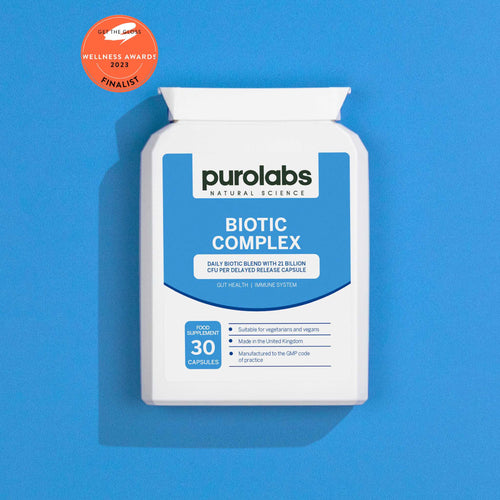
Biotic Complex
Stay Hydrated
An incredibly simple but effective tip is to ensure that you are drinking enough water. 2 litres of water a day is usually plenty for most adults, however, do monitor physical activity and weather and adjust accordingly.
Not only does water intake help to support the immune system, but it also helps with the function of every single cell in the human body, including helping to reduce histamine intolerance.
Dehydration has been shown to negatively impact DAO function, leading to a risk of build-up of histamine in the body. Our kidneys, which are a vital organ for filtering excess histamine require adequate water intake to effectively carry out that function.

 Beauty
Beauty
 Bone Health
Bone Health
 Brain Health
Brain Health
 Energy
Energy
 Eye Health
Eye Health
 Gut Health
Gut Health
 Hair
Hair
 Hormonal Health
Hormonal Health
 Heart Health
Heart Health
 Immunity
Immunity
 Joints
Joints
 Menopause
Menopause
 Pregnancy
Pregnancy
 Kids
Kids
 Sleep
Sleep
 Stress & Mood
Stress & Mood
